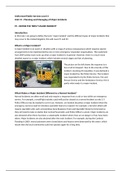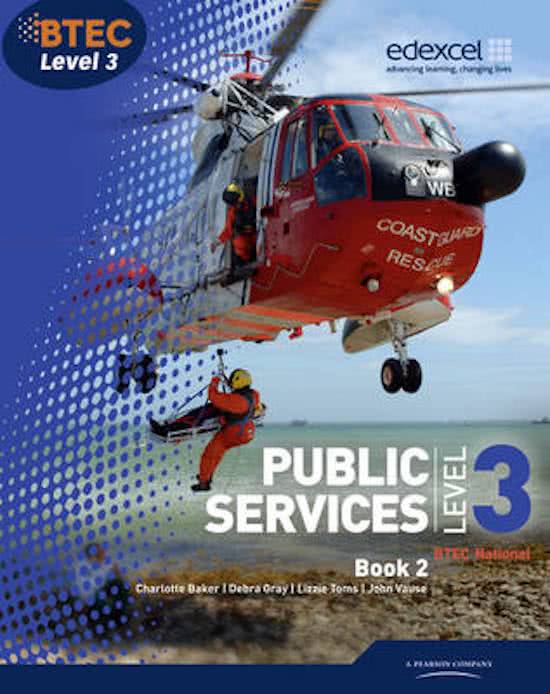Uniformed Public Services Level 3
Unit 15 - Planning and Managing of Major Incidents
P1 - DEFINE THE TERM ‘MAJOR INCIDENT’
Introduction
In this task, I am going to define the term ‘major incident’ and the different types of major incidents that
may occur in the United Kingdom; this will cover P1 and P2.
What is a Major Incident?
A major incident is an event or situation with a range of serious consequences which requires special
arrangements to be implemented by one or more emergency responder organisations. This statement
from JESIP pretty much sums up what a major incident is in general. However, there is a much more
detailed aspect to a major incident, which includes several stages and lots of planning.
The picture on the left shows the response to a
bus crash in Newport. Due to the sincerity of this
incident, involving 20 casualties, it was declared a
major incident by the Police Service. The incident
was responded to by the Police Service, Fire and
Rescue Service and the Ambulance Service, this is
partly what made it a major incident.
What Makes a Major Incident Different to a Normal Incident?
Normal incidents are often small and only require a response from a unit or two within an emergency
service. For example, a small fight outside a pub will just be classed as a normal incident as only 2-3
Police Officers may be needed to sort it out. However, an incident becomes a major incident when the
emergency services need to introduce specialist teams to respond. For example, a terrorist attack will
require specialist units such as Hazardous Area Response Team and Specialist Firearms Command as
they will need to take on duties that normal Paramedics and Police Officers cannot. Major incidents are
also declared when there has been a catastrophic incident where lives are at danger or lives have been
taken. Major incidents are also declared after the main incident. For example, during the Cumbria
Flooding in 2009, many businesses were closed down and houses were destroyed by the water, which
meant that the local community could not operate again for a long time.
, Uniformed Public Services Level 3
Unit 15 - Planning and Managing of Major Incidents
P2 - DESCRIBE DIFFERENT TYPES OF MAJOR INCIDENTS AND THE CAUSE OF EACH
INTRODUCTION
In this task, I am going to describe the many different types of major incidents and how each of them are
caused, accidental or deliberately. In the United Kingdom, there have been many types of incidents that
require a response from the emergency services, some of these incidents are small scale and don’t
affect many people. However, the incidents that affect a lot of people are declared as major incidents;
these will require heavy response from emergency services and the specialist units within them.
DIFFERENT MAJOR INCIDENTS
There are many different types of major incidents in the United Kingdom; these incidents will require
the response from many different emergency services and organisations.
TERRORIST ATTACKS
Unfortunately in recent years, terrorism offences have become common worldwide, including the
United Kingdom. A terrorist attack is an unknown and unexpected attack on the civilians of a country or
nation in order to display a message. Terrorist attacks are generally committed religiously or politically.
Infamous terrorist attacks that have taken place in the United Kingdom include;
Iranian Embassy Siege, 1980
Six armed Iranian men stormed the Iranian Embassy in London and took hostage of workers there with a
request that some of their men be released from prison in Iran. This was declared as a major incident
and was followed by a siege, executed by the Special Air Service of the British Army.
The Special Air Service (SAS) are just one of many different
units that respond to major incidents in the United Kingdom.
The SAS respond to more serious incidents that require the
use of firearms such as terrorist attacks and military conflicts.
I will talk more about specialist major incident units in P4.
Manchester Arena Bombing, 2017
This incident was a suicide bombing in Manchester which took the lives of 23 people. The incident left
139 people injured in total and this attack has given several hundreds of people psychological trauma.
This attack has been declared one of the most deadly terrorist attacks in British history. This incident
was declared a major incident by Greater Manchester Police and the British Government even did a





